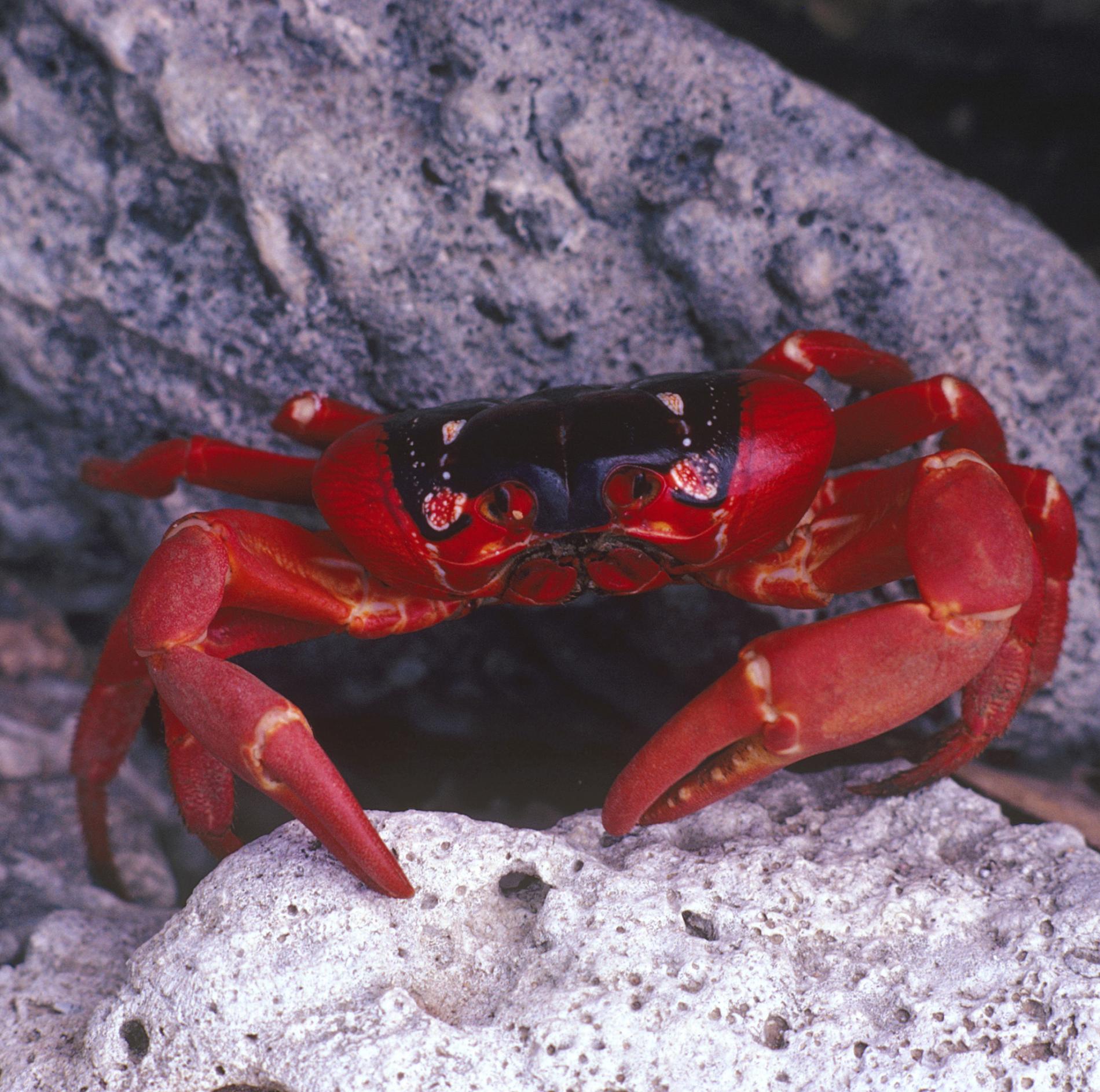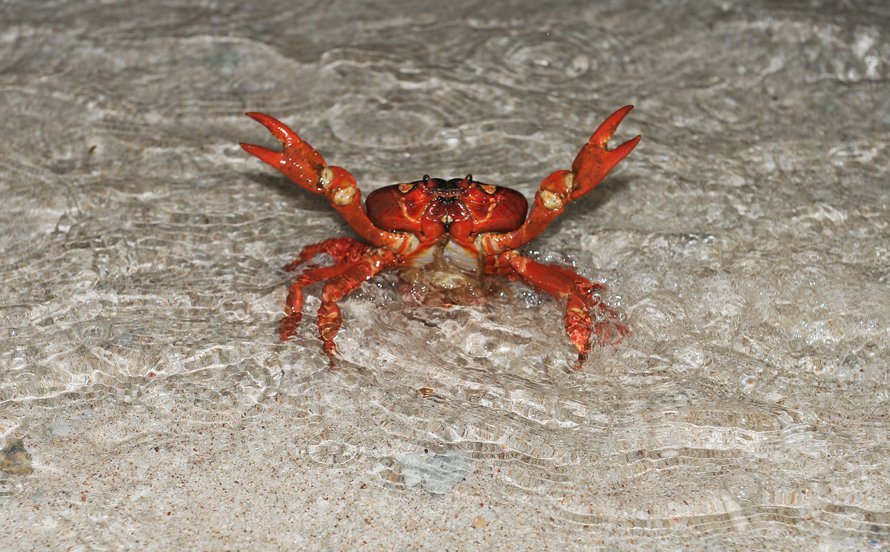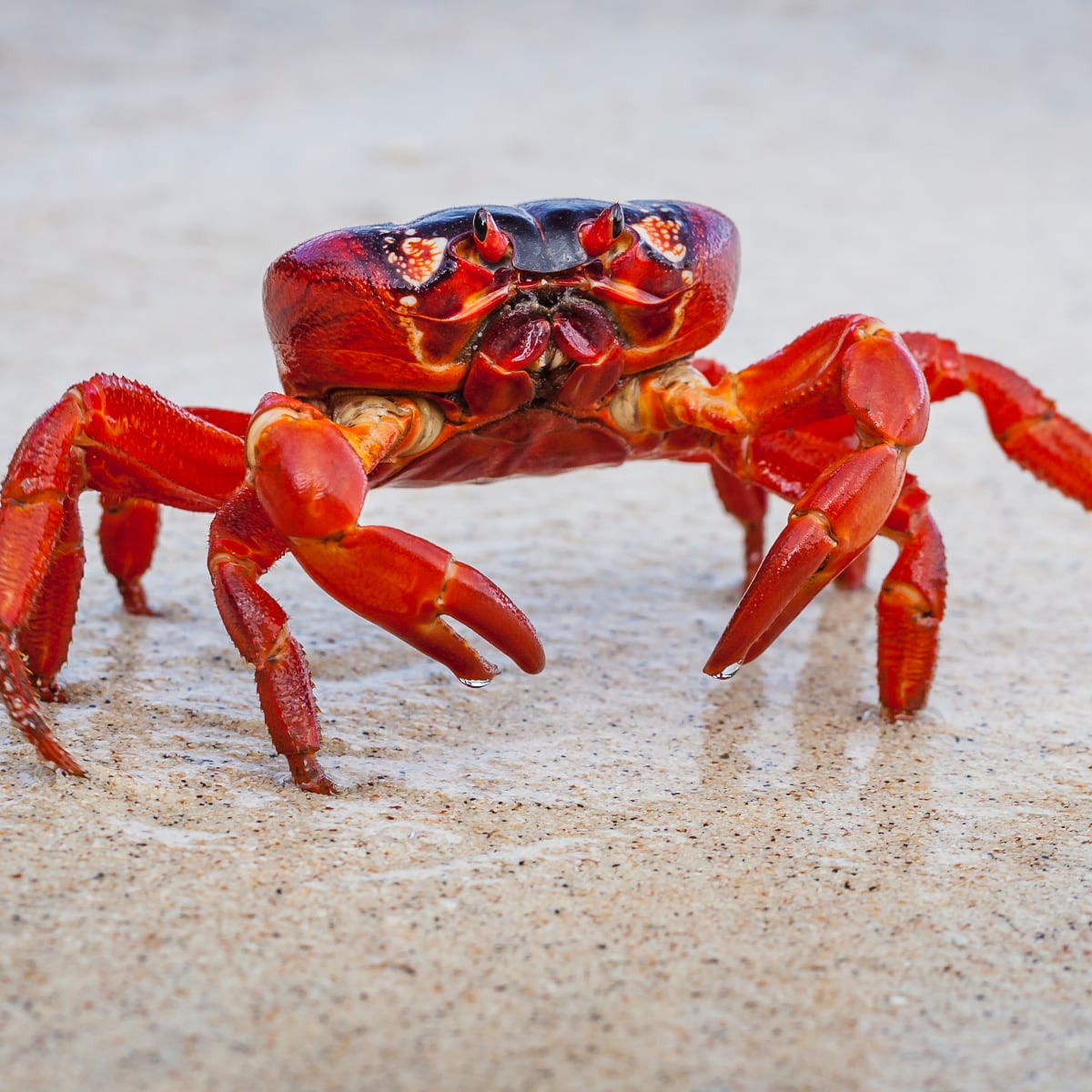Christmas Island Red Crab: A Culinary Delicacy or a Conservation Concern?
Related Articles: Christmas Island Red Crab: A Culinary Delicacy or a Conservation Concern?
- Christmas Images Of Hello Kitty 2024: A Festive And Adorable Collection
- Christmas In July: A Festive Mid-Year Celebration
- Christmas Images: Merry Christmas 2024
- Christmas Images GIF 2024: A Festive Collection To Spread Holiday Cheer
- Christmas Images Zoom 2024: A Festive Guide To Enhance Your Virtual Celebrations
Introduction
With enthusiasm, let’s navigate through the intriguing topic related to Christmas Island Red Crab: A Culinary Delicacy or a Conservation Concern?. Let’s weave interesting information and offer fresh perspectives to the readers.
Table of Content
Video about Christmas Island Red Crab: A Culinary Delicacy or a Conservation Concern?
Christmas Island Red Crab: A Culinary Delicacy or a Conservation Concern?

Introduction:
Christmas Island, an Australian external territory located in the Indian Ocean, is renowned for its unique and diverse ecosystem, which includes the iconic Christmas Island red crab (Gecarcoidea natalis). These crabs, known for their striking red coloration, annual mass migration, and abundance, have piqued the interest of researchers, tourists, and food enthusiasts alike. However, the question of whether Christmas Island red crabs are edible remains a topic of debate, with implications for both human consumption and the conservation of this remarkable species.
Edible or Not? The Debate:
The edibility of Christmas Island red crabs has been a subject of discussion for many years. While some anecdotal evidence suggests that the crabs have been consumed by humans in the past, there is no scientific consensus on their suitability for human consumption.
Proponents of crab consumption argue that the crabs are a potential source of food for local communities and could contribute to sustainable tourism on Christmas Island. They point to the fact that other species of land crabs, such as the Jamaican blue crab (Cardisoma guanhumi), are widely consumed and considered a delicacy in many Caribbean countries.
Opponents of crab consumption, on the other hand, raise concerns about the potential health risks associated with eating Christmas Island red crabs. These concerns stem from the crabs’ diet, which consists mainly of fallen fruits and decaying plant matter. This diet can lead to the accumulation of toxins in the crabs’ tissues, which could pose a health risk to humans if consumed.
Furthermore, there are ethical concerns about harvesting crabs for food. Christmas Island red crabs are an iconic species and a major tourist attraction. Harvesting them for consumption could potentially damage the island’s ecosystem and tourism industry.
Conservation Implications:
The debate over the edibility of Christmas Island red crabs is closely intertwined with the conservation of this species. The crabs play a vital role in the island’s ecosystem, contributing to nutrient cycling and seed dispersal. They are also an important food source for other animals, such as birds and reptiles.
Harvesting crabs for food could have a negative impact on their populations and the ecosystem they support. Additionally, the crabs are vulnerable to habitat loss and other human-induced threats, such as introduced species and climate change.
Conclusion:
The question of whether Christmas Island red crabs are edible remains unresolved. While anecdotal evidence suggests that they may be consumed by humans, there is no scientific consensus on their suitability for human consumption. There are potential health risks associated with eating these crabs, and their harvesting for food could have negative implications for their conservation.
It is important to prioritize the conservation of Christmas Island red crabs and their unique ecosystem. Further research is needed to determine the potential health risks associated with crab consumption and to develop sustainable management practices that balance the needs of human communities with the protection of this iconic species.
:max_bytes(150000):strip_icc()/GettyImages-144804688-9f690c3f0e0e4590b2d3a9212b08cdc5.jpg)






Closure
Thus, we hope this article has provided valuable insights into Christmas Island Red Crab: A Culinary Delicacy or a Conservation Concern?. We hope you find this article informative and beneficial. See you in our next article!

